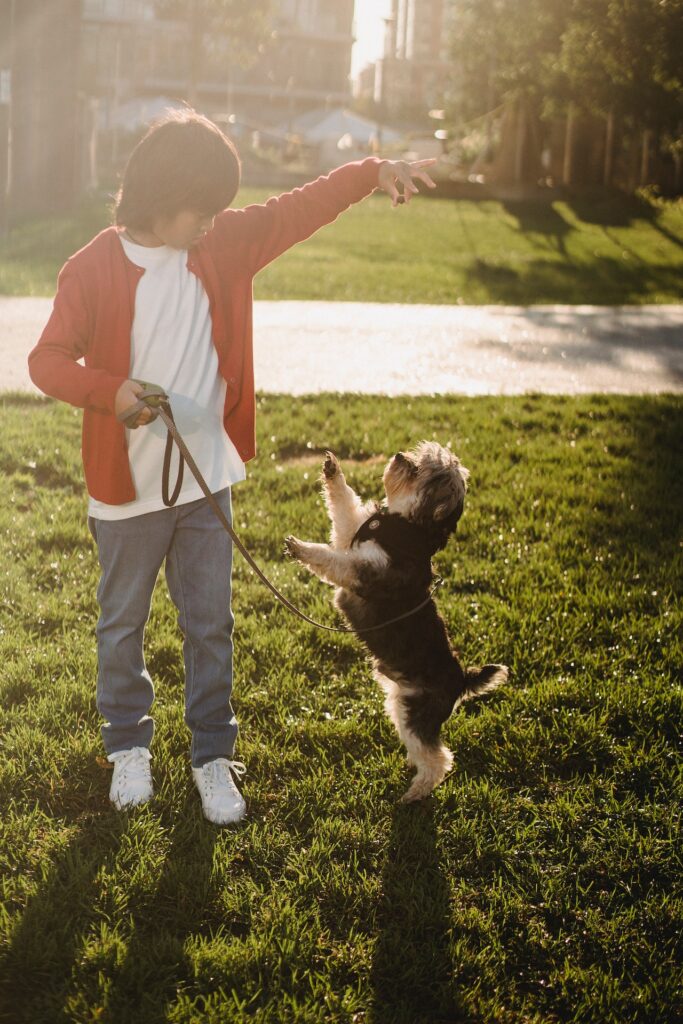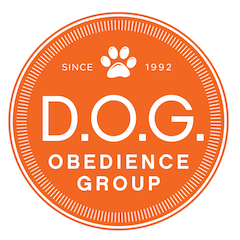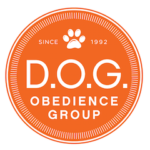
Consistency is the basis of so many things. We must be consistent with a task to become proficient at it. Dog training is no exception. Our lives are so busy with family obligations, work, errands, and a ton of other tasks that are expected of us. While training your dog doesn’t really take a ton of time during your day, the repetition for your dog that allows them to practice a new skill daily is.
I want you to stop and think of something you are good at (work, hobby, etc.). Now, I want you to think about how many times you had to practice that skill to feel like you somewhat felt you were good at it. I paint and do photography as hobbies and have done both since I was a child. Despite years of painting or taking photos along with having a dad that was a professional artist and teacher, I still know I’m not perfect at it. There are constantly things that throw me off whether it’s the lighting, type of paint, surface I am painting on or the time of day I am shooting a photo. Once I find where I need to improve in an area, I must practice over and over again, get somewhat proficient in it. It’s an ever-evolving learning process.
Another task for you. Imagine that you are asked to show up to a new job tomorrow, but you have no idea what the job is, what you are supposed to be doing. You may be building houses, designing cars or creating a menu for a five-star restaurant. You arrive and you are seated at a desk and told good luck, figure it out. Every time you make a move in the right direction, they drop a quarter on your desk and tell you “Yes!” How frustrated will you get? How long will you sit there and try to figure it out? How long before you just say forget it and walk out? This is the process your dog goes through when they learn. It’s a big guessing game for them equivalent to the hot, warm, cold game we played as kids. Once they finally figure out what it is they are supposed to be doing, now they must learn the foreign language that us humans talk to them in.
As trainers, we like “fluent” cues. These are dogs that do things on cue after being asked one time and no more. When things change such as the person, environment, etc., it means your dog has to readjust to a new learning situation and in some ways, learn the cue over again. In short, they are slow to generalize behavior and realize that sit means sit everywhere, not just in the living room with you sitting on the couch.
Practice makes perfect. Everyday practice. Frequency is the key to helping your dog learn but not necessarily for long periods. Training sessions should be kept to a few minutes and should ALWAYS end on a positive note and with a quick game of tug or fun play with your dog. If you’re not consistent with training, I get it! Neither am I many days, but I have to remind myself that my dog doesn’t have the capability to be stubborn and that they likely just haven’t had time to practice what I’m asking them to do and/or in that specific training situation or environment. Just remember to give yourself and your dog a break and allow training to be fun and not a burden. It’s the heart of building a great relationship with your dog!

